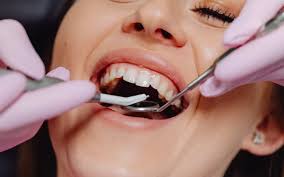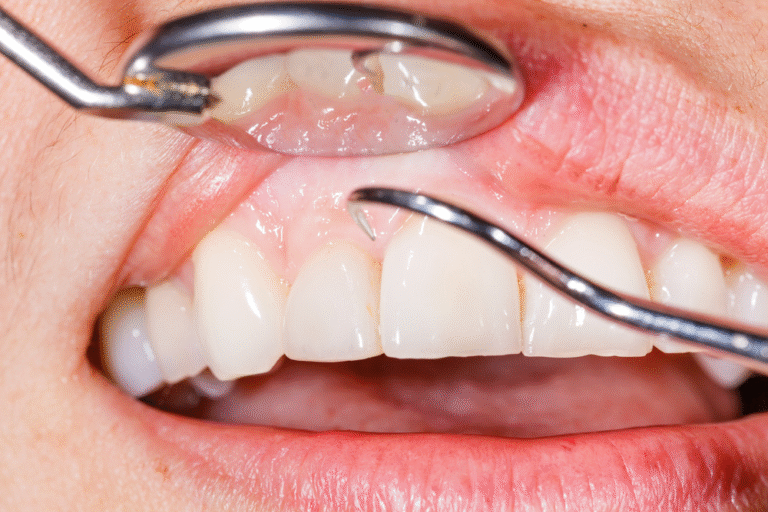Understanding the Benefits and Process of Getting a Dental Bridge
Missing or damaged teeth can impact your confidence, speech, and ability to chew comfortably. A dental bridge offers an effective and lasting solution by bridging the gap left by missing teeth. Understanding the benefits and process of getting a bridge helps patients make informed decisions about their oral health, making sure function and aesthetics are fully restored.
Overview of Dental Bridges
A dental bridge is a fixed dental restoration used to replace one or more missing teeth. It works by bridging the gap left by the missing tooth. The bridge consists of two or more crowns for the teeth on either side of the gap, these are called abutment teeth, and a false tooth, known as a pontic, in between. The abutment teeth serve as anchors for the bridge, securing the pontic in place.
There are different types of bridges, but the traditional bridge is the most common. It is made of porcelain fused to metal or all-ceramic materials, allowing it to match the natural color of your teeth. The result is a seamless and functional tooth replacement that restores the natural look of your smile.
Benefits of Getting a Bridge
A dental bridge offers several benefits for oral health and overall well-being. Here are the key benefits of opting for this restorative solution:
- Improved Aesthetics: Bridges restore the appearance of a natural, complete smile by filling in gaps left by missing teeth.
- Enhanced Functionality: They allow for normal chewing and speaking, which can be impaired when teeth are missing.
- Preventing Teeth Shifting: They help maintain proper alignment by preventing the surrounding teeth from shifting into the gap.
- Durability and Longevity: With proper care, bridges are a long-lasting solution, providing stability and strength for everyday use.
- Boosted Confidence: Restoring your teeth enhances self-esteem and enables you to smile with confidence.
By addressing both aesthetic and functional concerns, a bridge is an effective treatment option for replacing missing teeth, offering long-term benefits.
Process of Bridge Placement
The process of getting a dental bridge requires two appointments. During the first visit, the dentist prepares the abutment teeth. This involves removing a layer of enamel from these teeth to make room for the crowns that will anchor the bridge.
After preparing the teeth, the dentist takes impressions, which are sent to a dental laboratory. At the lab, a custom bridge, pontic, and crowns are created to fit your mouth precisely. Your dentist will place a temporary bridge to protect the exposed teeth and gums while the permanent bridge is being made. At the second appointment, the temporary bridge is removed, and the permanent one is checked for fit and comfort. After necessary adjustments, the new bridge is cemented into place, completing your tooth replacement.
Care and Maintenance
Proper care is fundamental to extending the life of your dental bridge. With good oral hygiene, a dental bridge can last for several years. Make sure you brush twice a day and floss daily. Special floss threaders may be needed to clean underneath the pontic and around the crowns to prevent plaque buildup. Regular dental check-ups and cleanings are helpful for maintaining the health of your bridge and surrounding teeth. Avoiding hard foods and bad habits, such as chewing on ice, can help prevent damage to your new restoration.
Schedule Your Dental Bridge Appointment
A dental bridge is a reliable and aesthetically pleasing solution for replacing missing teeth. It restores the function of your teeth and the beauty of your smile. If you have a missing tooth, schedule an appointment with a trusted dental specialist near you to explore your tooth replacement options and determine the best course of action.







